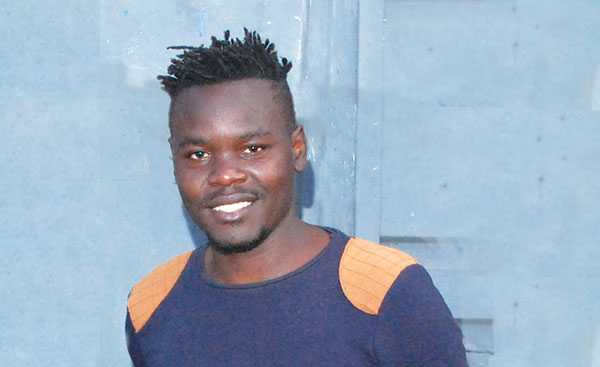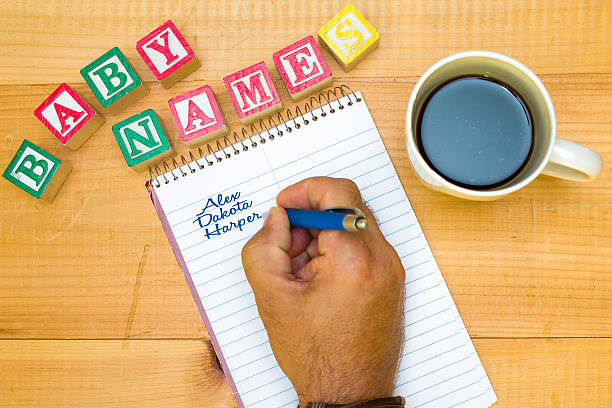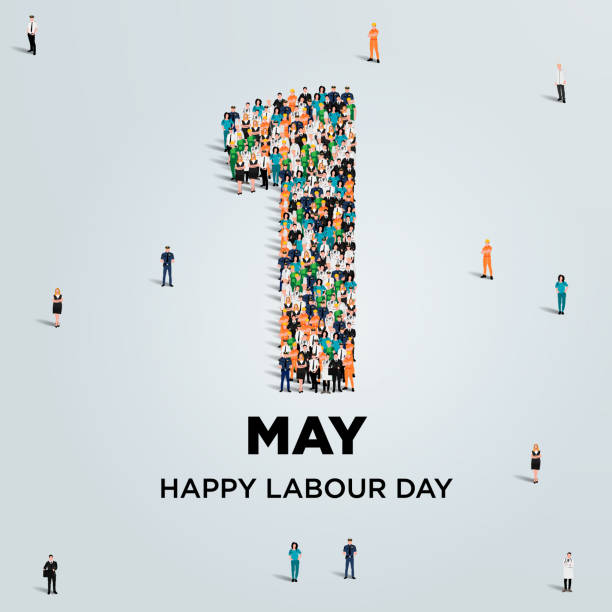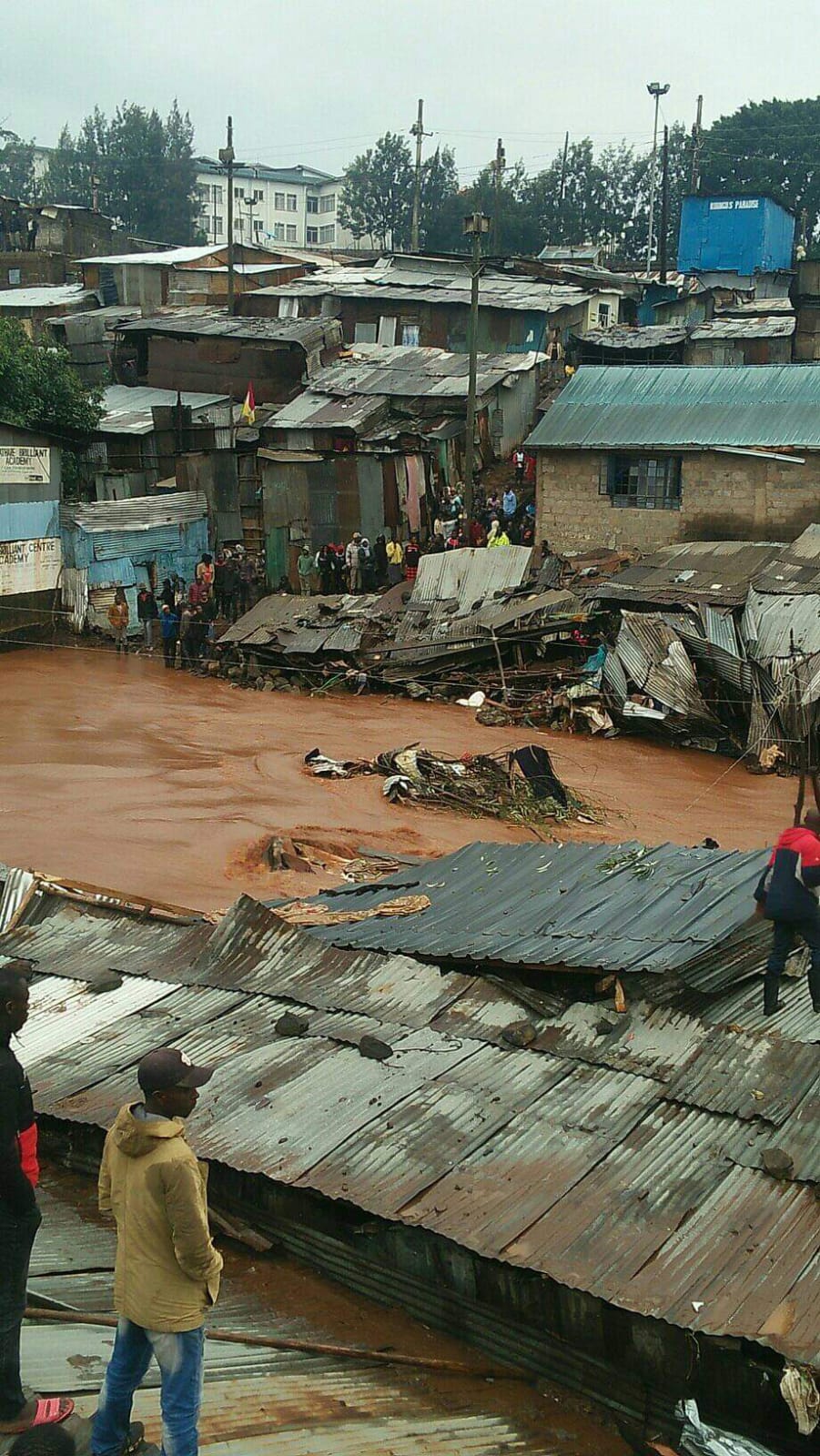Changing lives of slum children one brush-stroke at a time
ADAM MASAVA Its 6.00p.m on a Monday evening and regrettably am over one hour late for the meeting with this young man whose brief was so interesting that I can’t


ADAM MASAVA
Its 6.00p.m on a Monday evening and regrettably am over one hour late for the meeting with this young man whose brief was so interesting that I can’t wait to have a chat with him. I stand anxiously at the matatu terminus where we were to meet, not sure if he would still be waiting. He had told me of a meeting before ours, so I hoped he was also running late.
Then my phone rings. “Where are you?” I heave a sigh of relief. He was kind enough to wait.
I have no clue whatsoever as to how he looks like so at this point we are solely relying on the colours of our outfits, as we had described them on phone, to identify each other. Suddenly out of the crowd, a thin yet spritely young man emerges with a sheepish grin on his face.
Adam Masava is here.
At five foot five tall, Adam doesn’t readily stand out from the crowd but from his appearance, you can definitely tell he has a sense of individuality and spunk. From the single tuft of short yet stiff, side-swept dreadlocks lying on the crown of his head, to the faded sneakers and grey sweatshirt, I find it hard to reconcile with the fact that he was supposed to be attending a boardroom meeting just a few hours earlier. Clearly, there’s a laid back confidence about him.
But there’s more to Adam than meets the eye.
One’s surprise would be forgiven when they learn that this casually clad, street-smart young man of 28 is not only a travelled artist but a humanitarian whose efforts to alter the lives of slum children in Kenya have been recognised, even landing him a nomination in prestigious awards, alongside industry heavy weights such as Daniel Ndambuki of the Churchill fame, among others.
Oh, and his brother is Kenya’s national team Harambee stars striker and Gor Mahia ace, Patrick Oboya.
But behind all the glitz is a life of struggle.
Growing up in Mukuru Marigu-inni slums just next to Nairobi’s middle-class South B estate, Adam has known nothing but hardship. As he gives me a tour of the slum which to date he fondly calls home, he explains how difficult it was to survive as a child.
“We would cook ugali with a little cooking fat just to make it tolerable since there was nothing to accompany it with. I would then draw my siblings’ favourite foods such as fish or chicken using salt. We would dip our ugali into the salt and pretend we were eating up a feast.”
In retrospect, Adam admits he should have probably recognised then that he was artistically gifted. However, it wasn’t until he was scolded by a teacher for drawing his fellow students in class instead of concentrating on the lesson that art became more than a passing interest. Instead of punishing him, his teacher enrolled him in the school’s arts and crafts club.
And thus his journey into the arts began.
Adam never really expected his life to amount to much. So it didn’t come as a surprise when his family announced that they could not afford to take him to secondary school. But poverty was not about to let Adam become a statistic. A well-wisher from Britain stepped in and pledged to support him through a two-year art programme at the Shauri Moyo YMCA.
Things were looking up. His hopes were however dashed a year on, after his sponsor announced that he would cease his sponsorship. Adam dropped out of the programme.
Dejected, he went back home. Most of his friends were now actively involved in crime due to lack of opportunities. But it seems God had a different plan for him.
“When I went back home in 2003, I learnt of the Mukuru Slum Development Projectrun by some Catholic nuns. It just so happened that they had an art department. I quickly joined,” says Adam.
The project worked hand in hand with foreign NGOs and would facilitate exchange programmes where renowned international artists would mentor students while providing much needed market for their artifacts. Five years after joining the project, Adam finally got his big break.
“My younger brother Patrick, an ardent football player was lucky to be signed by a Czech Republic club, FK SIAD Most now known as FK Banik Most 1909. We were ecstatic,” says Adam.
But what made the news even better was the fact that the club president asked Adam to tag along to show-case his work in the Central European country. It was a resounding success as far as Adam was concerned. His pieces sold out.
But his tryst in the Czech Republic was short-lived. A year later after his brother Patrick went to play in Slovakia, a local NGO showed interest in Adam’s work and recruited him as their brand ambassador. Through several tours together, Adam not only mentored children in the arts but also sensitised potential donors on the impact of their support.
It was then that Adam had an epiphany. Why couldn’t he do the same for children back in Mukuru?
Months later, back home and armed with Kshs.15,000 as part of his proceeds from his exhibition in the Czech Republic,Adam teamed up with friends and well-wishers to buy assorted art materials, got approval to use the local social hall for free, and embarked on the recruiting process. His first class was so popular, attracting over 100 children, that some were forced to use the floor as workspaces. His venture, it seemed, was an outright success.
But several months into it, his venture ran into trouble. He was out of materials, the local council started charging him for use of the social hall, and lack of a set structure for the programme, saw his class of potential Van Gogh’s facing rampant absenteeism. He needed a plan B and fast.
Adam confided in a friend, John Mandela, who worked with a South Korean NGO, Good Neighbours Kenya. Mandela discussed with the NGO the programme’s potential and they offered to provide art materials. They also managed to get a local school on board which donated a class dedicated to the programme. The duo then embarked on structuring the programme to ensure strict attendance, high impact and longevity.
“The programme’s popularity meant we became strained, resource-wise. We cut down the number of students to 80 and turned it into a three-month programme to give every child a chance to enjoy it fully. Children who were absent more than thrice had to forfeit their place and were replaced by another. We also realised that most children were active in sports and started the South B United Sports Academy to ensure no one was left out,” Adam takes me through his journey.
To date, the art programme and sports academy has eight volunteer instructors and counts over 500 children some as young as nine years, as graduates. Eight of his students have gained full sponsorships and sports scholarships with prestigious secondary schools and universities around the country. Some are in top tier Kenyan teamssuch as Mathare United, Kakamega Homeboyz and the Kenya Police. Some have even played for the Harambee Stars under 18’s team.
However, it is not lost to Adam that most children need more than a canvas, a paintbrush or a football. Many complain of hunger, others suffer from psychological trauma, yet others are involved in supporting their families. What started as a talent academy has since turned into a counseling and rehabilitation centre of sorts.
This has forced Adam to dig deeper into his pockets. As a family man who solely relies on his artwork for income, Adam is stretched thin and unfortunately the numbers speak for themselves. From a class of over 100 in 2008 to a class of 40 in 2014, Adam’s dream would have to reach fewer children at a time.
“The challenges are astounding. We never have enough of anything, be it money, materials, professional counselors, sports kits or even space, but we make do with what we have and our efforts have started bearing fruit,” he says.
But hasn’t he forgotten to mention something? Perhaps the most notable fruit of them all? What of his nomination to the Transform Kenya Awards?
He looks down then answers wistfully. “To be honest I never expected to get any personal recognition for this project. The first time the organisers called me and told me I had been nominated in the arts and culture category, I got angry and hang up the phone thinking it was a callous joke.”
However Adam quickly realised it was no joke as e-mails of his nomination kept pouring in and Mukuru residents reached out to him to tell him that they were voting and rooting for him to win. From a list of 24,000 nominees, only three individuals remained standing, Adam being one of them. Unfortunately, Adam didn’t win.
“I have no hard feelings, just a lot of gratitude. The nomination helped to shed light on the project, hence giving it credibility and awareness on the impact it has had on the residents of Mukuru,” he says.
So has he ever thought of giving up, moving away from Mukuru Marigu-inni slums and seeking a better life for himself and his family?
“The thought has never crossed my mind. I will only move away when the programme is fully operational and self-sufficient. My only regret is that I didn’t start earlier because I feel the impact would have been greater,” he answers.
As we finalise the interview and he walks me towards the bus terminus, I can’t help but notice all the people that stop and greet him. I tell him of my observation. He smiles as we walk briskly and he confesses that some are his former students who are now in high school or college.
I put on my poker face not wanting to let on that I am in awe of how much he has done with very little. As the car speeds off and we each go our separate ways, I mull over his words of conviction that have spurred him on with his vision.
“Change in Mukuru begins with Mukuru residents. The more people we get on board the more positive impact we will have in the lives of these children,” is Adam Masava’s mission statement.
Published in January 2015.





